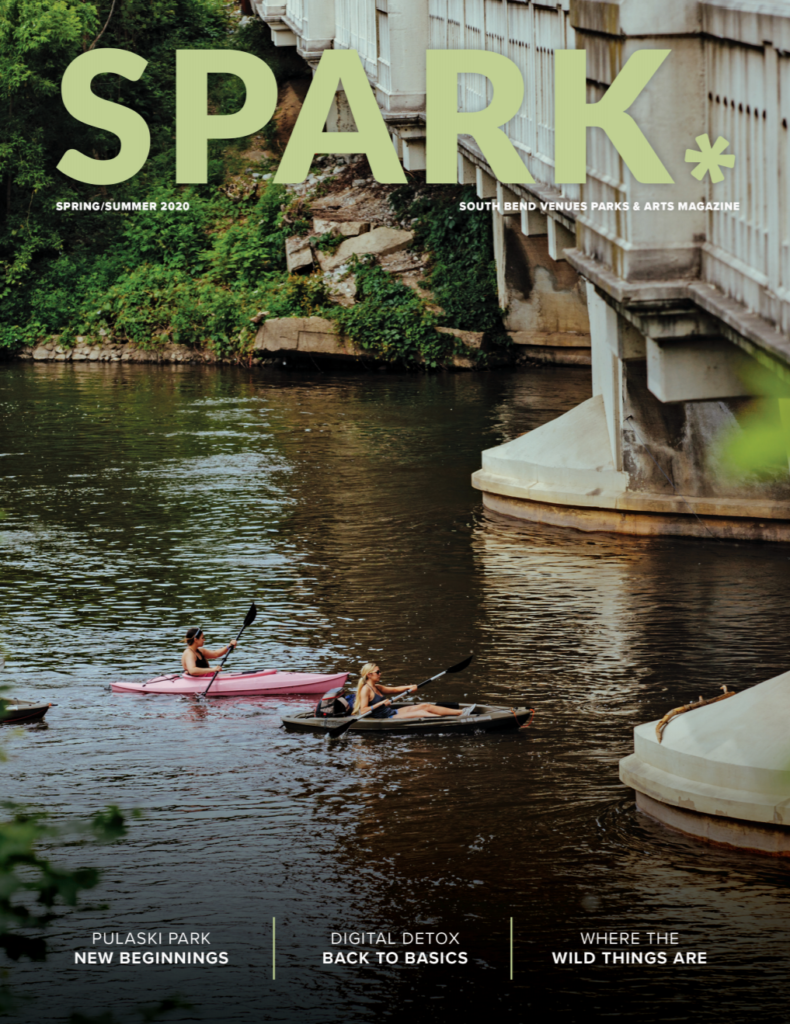“WE WANT VISITORS TO ASK QUESTIONS AND LEARN. THE MORE PEOPLE CARE ABOUT THE ANIMALS WE HAVE IN THE ZOO, THE MORE THEY WILL CARE ABOUT THEM IN THE WILD TOO.”
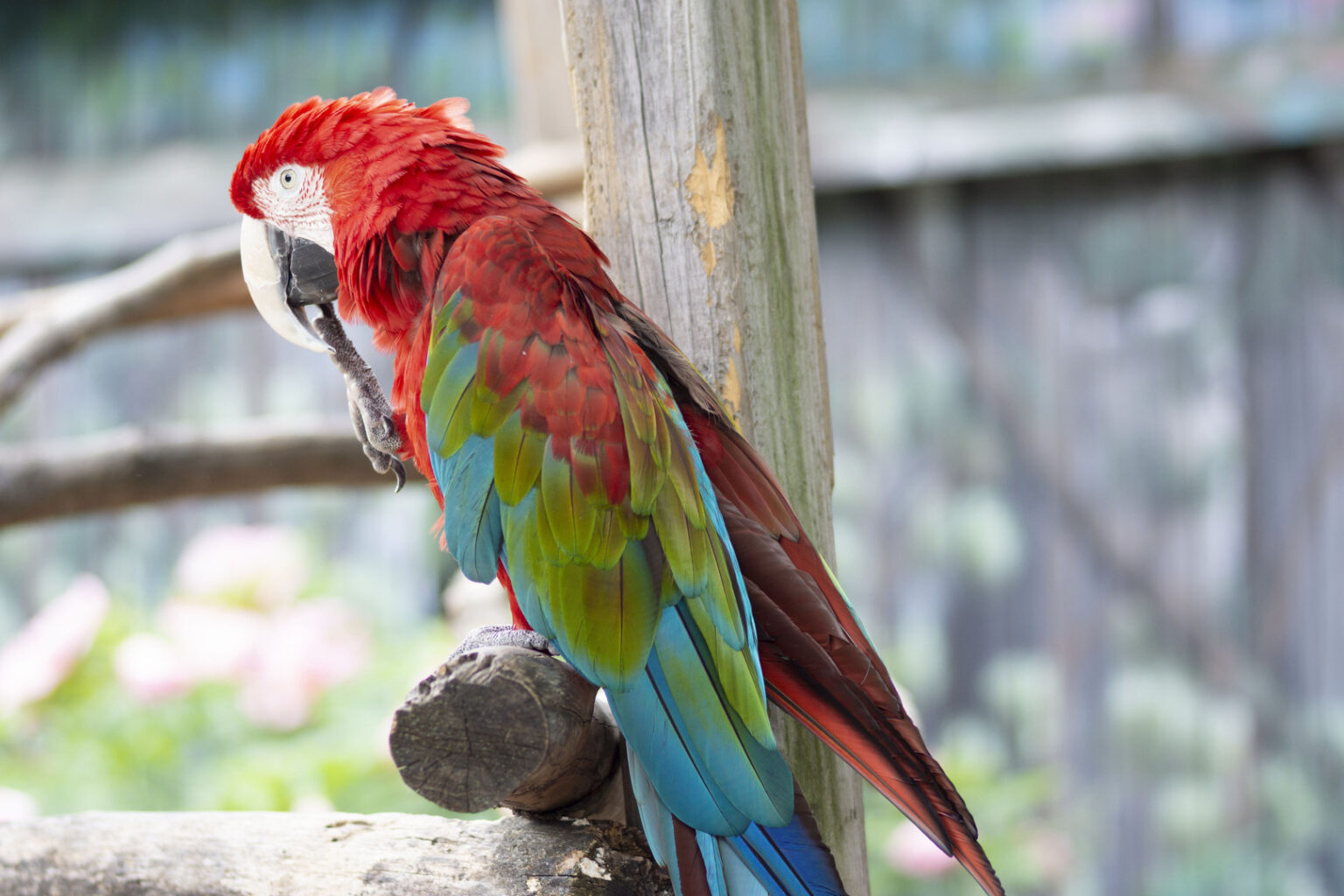
You don’t have to be a certain age to enjoy the zoo.
In fact, the Potawatomi Zoo is one of the most visited
destinations in South Bend, welcoming over 200,000 visitors each season. Many flock to the Amur tigers to get a glimpse from the glass enclosure and others can’t wait to see the charming red pandas.
Both the Amur tigers and red pandas are part of a
bigger initiative within zoos which have only in the last two decades, transformed the way humans experience animals. Zoos across the world have undergone a shift, becoming less of an “attraction” focus and more of an educational experience. No longer is it about elephant rides and pony tricks.
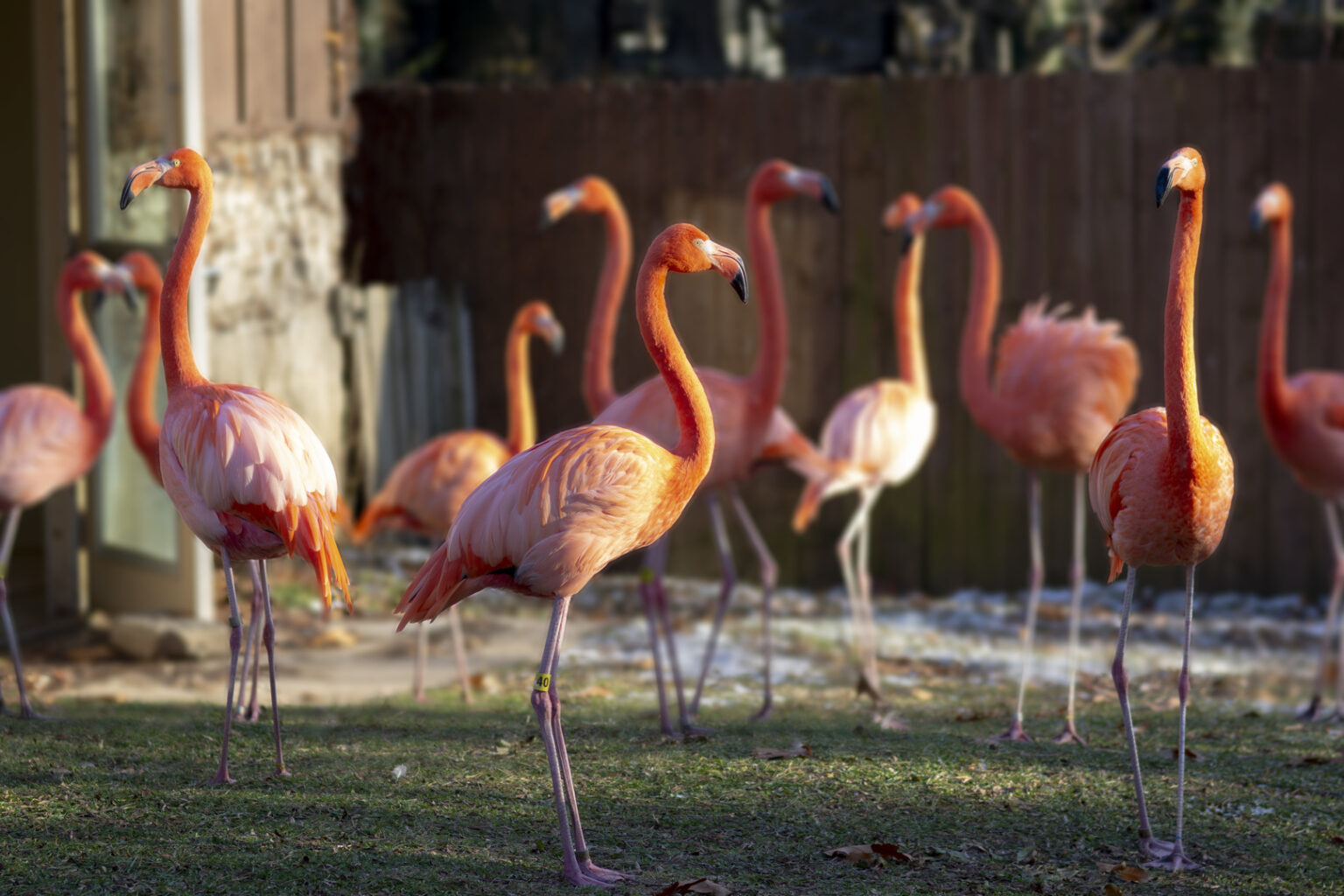 “We try to make it a learning experience,” said Kristina Barroso Burrell, Marketing & Communications Manager for the Potawatomi Zoo. “We want visitors to ask questions and learn. The more people care about the animals we have in the zoo, the more they will care about them in the wild too.”
“We try to make it a learning experience,” said Kristina Barroso Burrell, Marketing & Communications Manager for the Potawatomi Zoo. “We want visitors to ask questions and learn. The more people care about the animals we have in the zoo, the more they will care about them in the wild too.”
The oldest zoo in Indiana, Potawatomi Zoo has more
than 400 animals who call its 23 acres home. As part
of the Association of Zoos and Aquariums (AZA), the
Potawatomi Zoo is part of the Species Survival Plan (SSP) Program. This program determines how to safely breed animals based on what is best for genetics and geographic diversity.
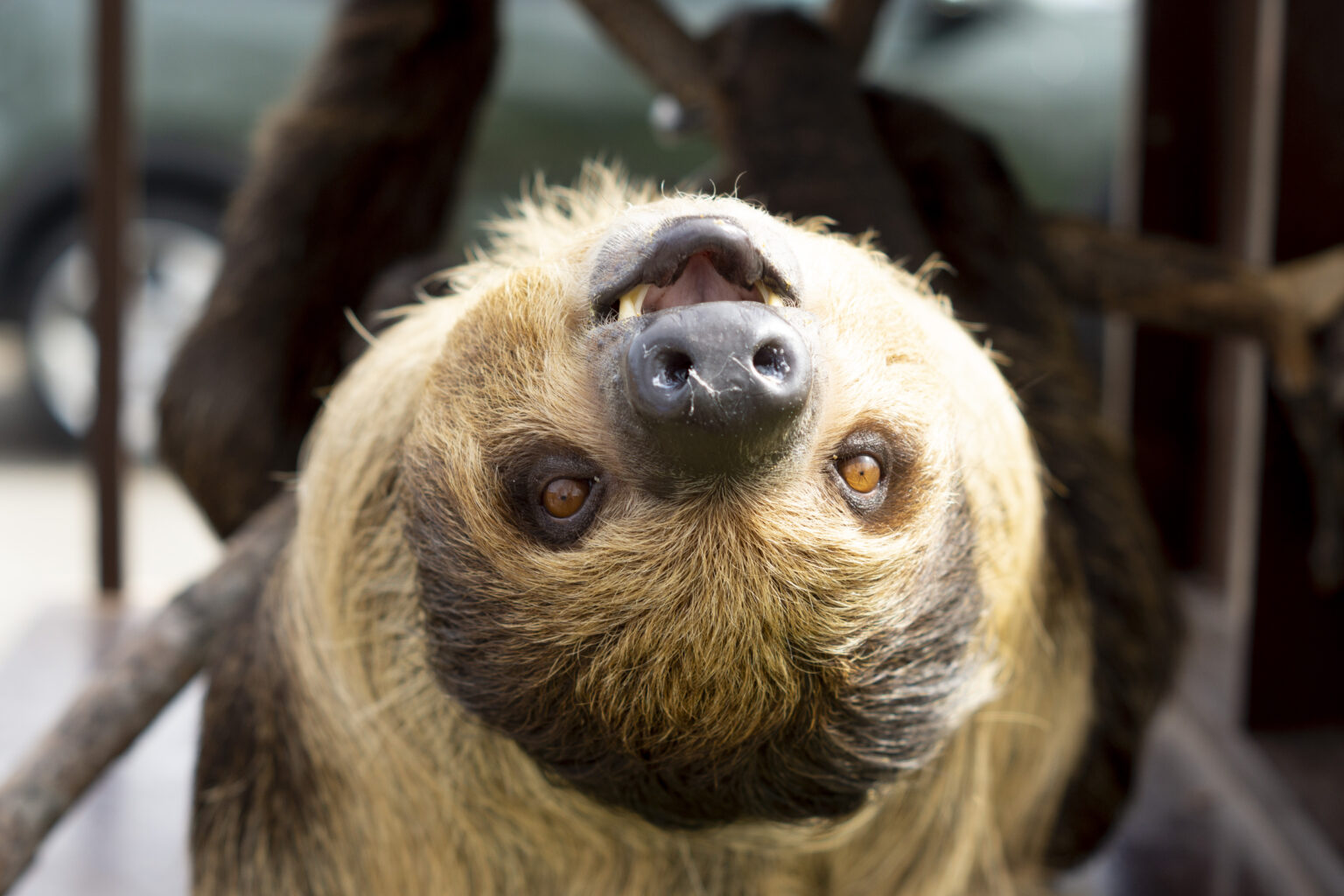 “Accredited zoos manage their animals through breeding programs called Species Survival Plans,” said Josh Sisk, Executive Director of Potawatomi Zoo. “We keep track of genetics and make breeding recommendations all in the name of sustaining the population for the future. If we have the choice between two different large cats, we do our best to choose the one that needs the most help.”
“Accredited zoos manage their animals through breeding programs called Species Survival Plans,” said Josh Sisk, Executive Director of Potawatomi Zoo. “We keep track of genetics and make breeding recommendations all in the name of sustaining the population for the future. If we have the choice between two different large cats, we do our best to choose the one that needs the most help.”
The SSP Program helps determine what animals the Potawatomi Zoo receives, based on many factors. Everyone loves to experience new animals, but the biggest enjoyment is seeing a successful breeding program come to fruition.
“A baby anything is definitely the favorite animal of the zoo,” Burrell said, laughing. “Who doesn’t love to see a baby animal?”
“We love visiting in the summer,” said Nicole Gill, member of the Potawatomi Zoo. “It’s constantly improving, and the variety of animals always keeps my kids wanting to come back again…So much so they ask every morning at breakfast to see the tigers!”
The Potawatomi Zoo has undergone major capital improvements recently, ensuring the experience for the community is an unforgettable one year after year. As part of the Master Plan, construction on the new front entry, gift shop, and additional parking was just completed. The Red Barn project, which
includes new classrooms and a learning zone, is slated to wrap up construction this summer.
“It’s about the experience that we can provide our visitors year after year,” said Burrell. “The Master Plan lays out some really cool initiatives, from a new educational classroom in the Red Barn to expanding the kind of animals we have in our zoo.”
There are many more developments in the coming year, including elements that would make the Potawatomi Zoo a regional draw for many. The White Rhino (left) is the newest addition to the Potawatomi family, inviting a new kind of experience to zoo-goers. In addition, hours have been extended to 8:00pm in June, July & August, offering many families the opportunity to visit. There are more exciting announcements coming from the zoo this spring!
MEET MASAMBA
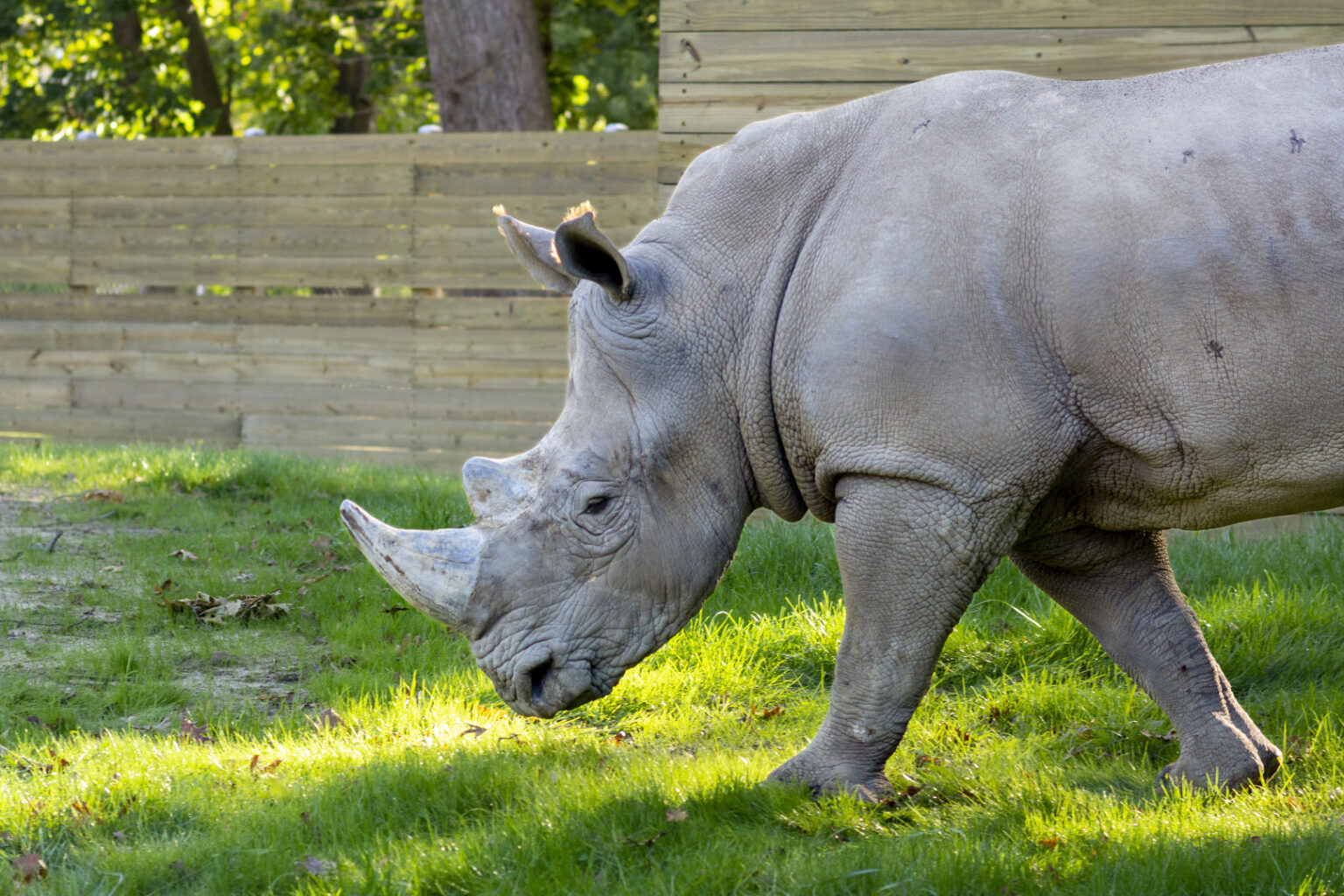
The Potawatomi Zoo is happy to announce that a male southern white rhinoceros arrived at the Zoo at the beginning of October. He now has regular access to his new habitat between the okapi and Sichuan takin as well as his indoor space behind-the-scenes. He will be out in the public view as weather allows
and as he chooses. The three-year-old southern white rhino named Masamba (above) came from the San Diego Zoo Safari Park. After he arrived, the Animal Care Staff took several days to help him acclimate to his new surroundings and routine before he was given access to his habitat. He will still move between the two spaces as he chooses to help him feel comfortable in his new home.
To view the Master Plan, meet the animals and see upcoming events, visit potawatomizoo.org.
###
See the entire Spring/Summer issue of SPARK Mag below.

